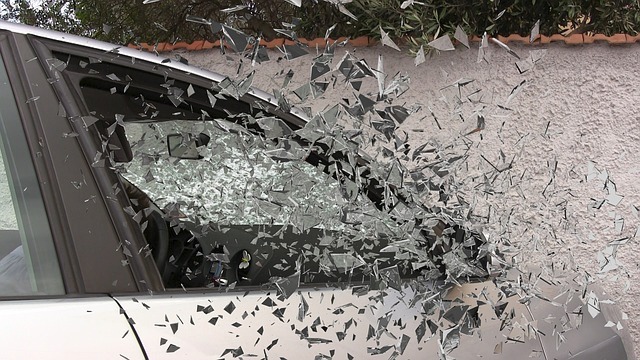
Motor vehicle accidents are an enormous problem. Last year, according to the CDC, over 32,000 drivers were killed and over two million were injured. 712 traffic-related serious injuries result every day. The United States has double the number of traffic deaths as do other developed countries. The Houston area is among the most deadly of the metropolitan areas. Although, Texas ranks in the middle of states with 9.1 deaths per 100,000. THE DEADLIEST is Wyoming with 20 deaths per 100,000.
Denial and complacency feed the factors we will discuss below. Operating a moving vehicle among other moving vehicles operated by other fallible human beings is INHERENTLY DANGEROUS! We realize this as we are learning to drive, but we get complacent about the danger as we get more comfortable behind the wheel. We are cognizant of the risks of certain behaviors, but because we have done them and nothing bad happened, we deny the danger and get comfortable doing them. Distracted driving is the number one cause of auto accidents. This includes texting, talking on the cell phone, and eating while driving.
Next, the causes of accidents are speeding, drunk driving, reckless driving, rain, running red lights follow in that order.
About one-third of motor vehicle accidents with injuries are alcohol-related. Not surprising, almost a third of serious motor vehicle accidents are associated with cell phone distractions as well. In simulator testing, drivers texting or talking on cell phones were found to have 3 to 4 times the risk of accidents. Not a good idea.
The damage from collisions of moving objects depends on the energy released by the collision. Moving objects possess kinetic energy: the size of the mass and its velocity. The formula is K.E. = ½ mass x the speed squared. If one doubles the mass of the vehicle and speed is constant, resulting damage doubles. If speed doubles and mass remains constant, energy quadruples! This means the speed one is going rapidly increases the violence of a crash. The average car weighs 4,000 pounds, so a pickup truck weighing 8,000 pounds doubles the damage at similar speeds. Imagine now, the energy of a loaded eighteen wheeler weighing 80,000 pounds! Collisions between passenger cars and trucks are not fair contests.
To avoid crashes, we often must apply brakes. The brakes turn the kinetic energy of our moving vehicle into heat. The faster we are going, the more energy there is to be changed into heat, and this takes time. Therefore, the faster we are going, the longer it will take us to stop, so our following distance must increase as our speed and/or vehicle mass increases. Wet roads that reduce the coefficient of friction between the tire and road surface increase our stopping distance as well. A two second following distance is the base recommendation, with one second added for each factor that increases stopping distance, such as wet roads, heavier vehicle, pulling a trailer, etc.
Think as you drive…your life depends on it.
By James W. (Jim) Jones, MD, PhD, MHA and James Nowak, BS, MS, LCC, CPM, Police Chief Willis.

